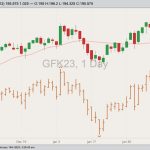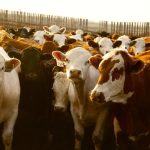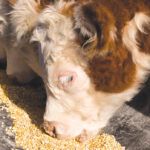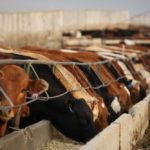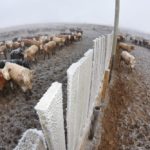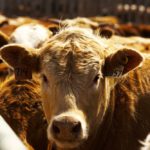This column is the last in a three-part series focusing on factors influencing the profitability of backgrounding cattle. To this point, we have covered economic and management issues related to this sector as well as the concept of formulating diets to match specific program objectives such as overwintering lightweight calves for grass and backgrounding medium- […] Read more





